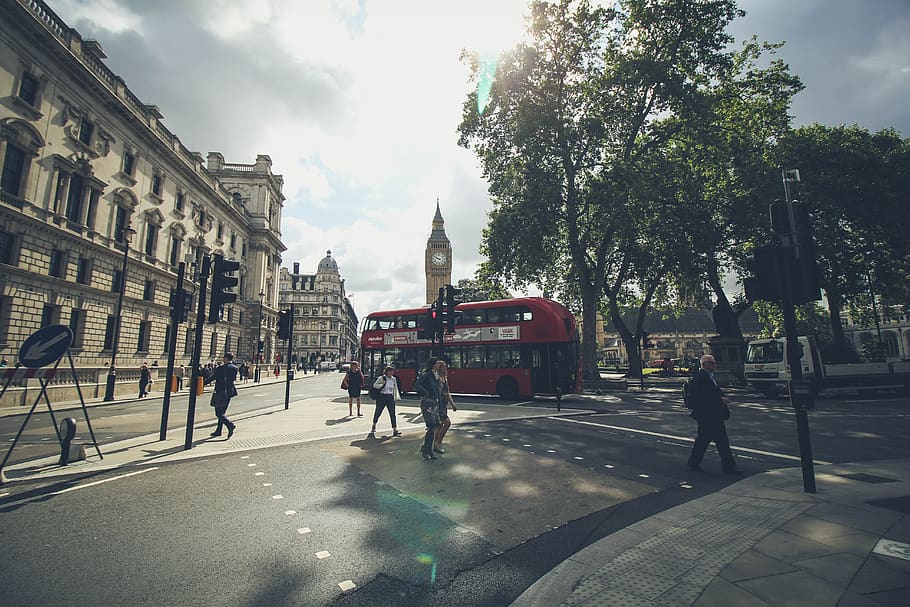Healthy Streets
Contents |
[edit] Introduction
Healthy Streets and its 10 Indicators are concepts that first appeared in Transport for London policy in 2014. The programme was developed by Lucy Saunders, a specialist in public health and transport, and the term was officially introduced by London Mayor Sadiq Khan in October 2016. This approach to urban development puts the emphasis on streets that promote active pedestrian and public transport travel, have clean air and are safe.
The goal of Healthy Streets is to design a long-term plan that encourages people to walk and cycle throughout London. While this concept will be applied differently based on location, examples such as the pedestrianisation of Oxford Street and the Rotherhithe to Canary Wharf cycle bridge are part of the plan.
[edit] Indicators
The 10 indicators of Healthy streets are:
- People choose to walk, cycle and use public transport.
- Pedestrians from all walks of life.
- Easy to cross.
- People feel safe.
- Things to see and do.
- Places to stop and rest.
- People feel relaxed.
- Not too noisy.
- Clean air.
- Shade and shelter.
[edit] Three levels of Healthy Streets
Healthy Streets operate at three levels:
- Street – walking, cycling and better overall public spaces.
- Transport – walking and cycling and better public transport routes.
- Strategic – walking and cycling to shops, schools or work supported by better development patterns..
By 2025, the programme seeks to cut London’s carbon dioxide levels by 60% (compared to 1990 levels) and increase daily walking or cycling trips for Londoners by up to 20 minutes per day.
[edit] Health factors
With a reduction or redirection of road traffic through the Healthy Streets programme, people will be able to experience health benefits such as:
- Exercising more regularly through walking or cycling.
- Experiencing cleaner air and less noise pollution.
- Enjoying safer roads.
Mental health levels can also be improved through this initiative, since people will benefit from more direct environmental experiences enhanced by interesting and attractive parts of the city they may have otherwise missed.
You can find out more at: https://tfl.gov.uk/corporate/about-tfl/how-we-work/planning-for-the-future/healthy-streets
[edit] Related articles on Designing Buildings Wiki
- Cycling and walking plan.
- Dedicated and safe cycle lanes.
- Designing for pedestrians.
- Infrastructure under Mayor Sadiq Khan.
- Road traffic management.
- Safe Pedestrian Route.
- The London Plan.
- Urban design.
[edit] External references
Featured articles and news
Editor's broadbrush view on forms of electrical heating in context.
The pace of heating change; BSRIA market intelligence
Electric Dreams, Boiler Realities.
New President of ECA announced
Ruth Devine MBE becomes the 112th President of the Electrical Contractors Association.
New CIAT Professional Standards Competency Framework
Supercedes the 2019 Professional Standards Framework from 1 May 2025.
Difficult Sites: Architecture Against the Odds
Free exhibition at the RIBA Architecture Gallery until 31 May.
PPN 021: Payment Spot Checks in Public Sub-Contracts
Published following consultation and influence from ECA.
Designing Buildings reaches 20,000 articles
We take a look back at some of the stranger contributions.
Lessons learned from other industries.
The Buildings of the Malting Industry. Book review.
Conserving places with climate resilience in mind.
Combating burnout.
The 5 elements of seiri, seiton, seiso, seiketsu and shitsuke.
Shading for housing, a design guide
A look back at embedding a new culture of shading.
The Architectural Technology Awards
The AT Awards 2025 are open for entries!
ECA Blueprint for Electrification
The 'mosaic of interconnected challenges' and how to deliver the UK’s Transition to Clean Power.
Grenfell Tower Principal Contractor Award notice
Tower repair and maintenance contractor announced as demolition contractor.























